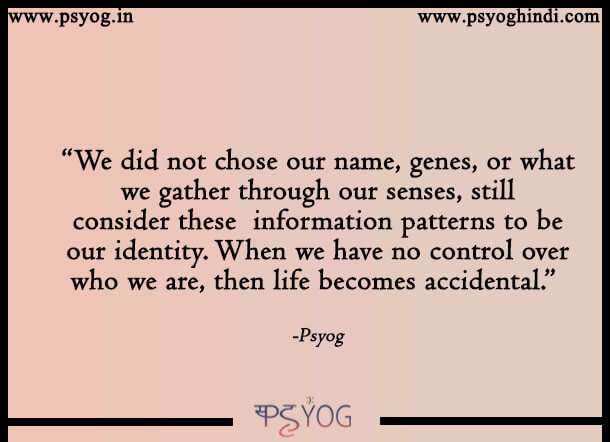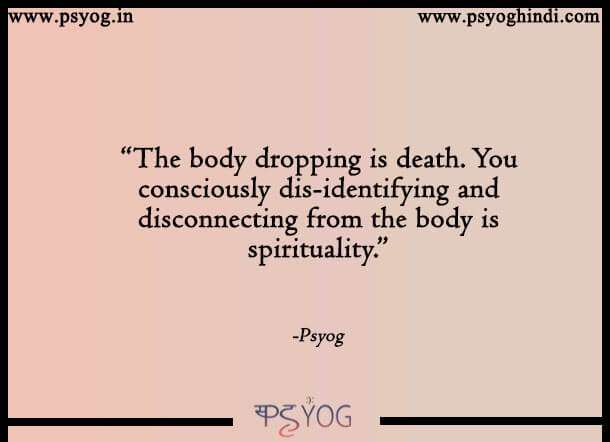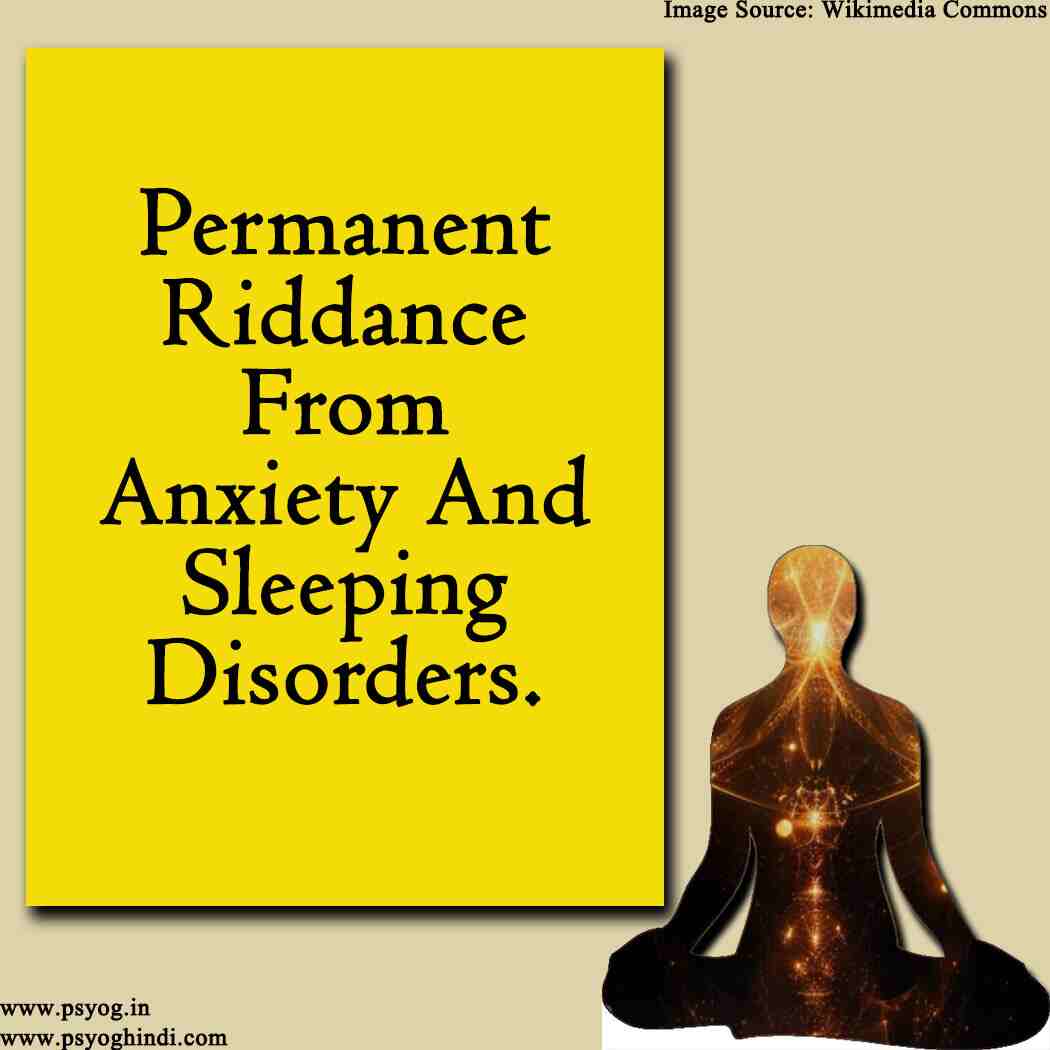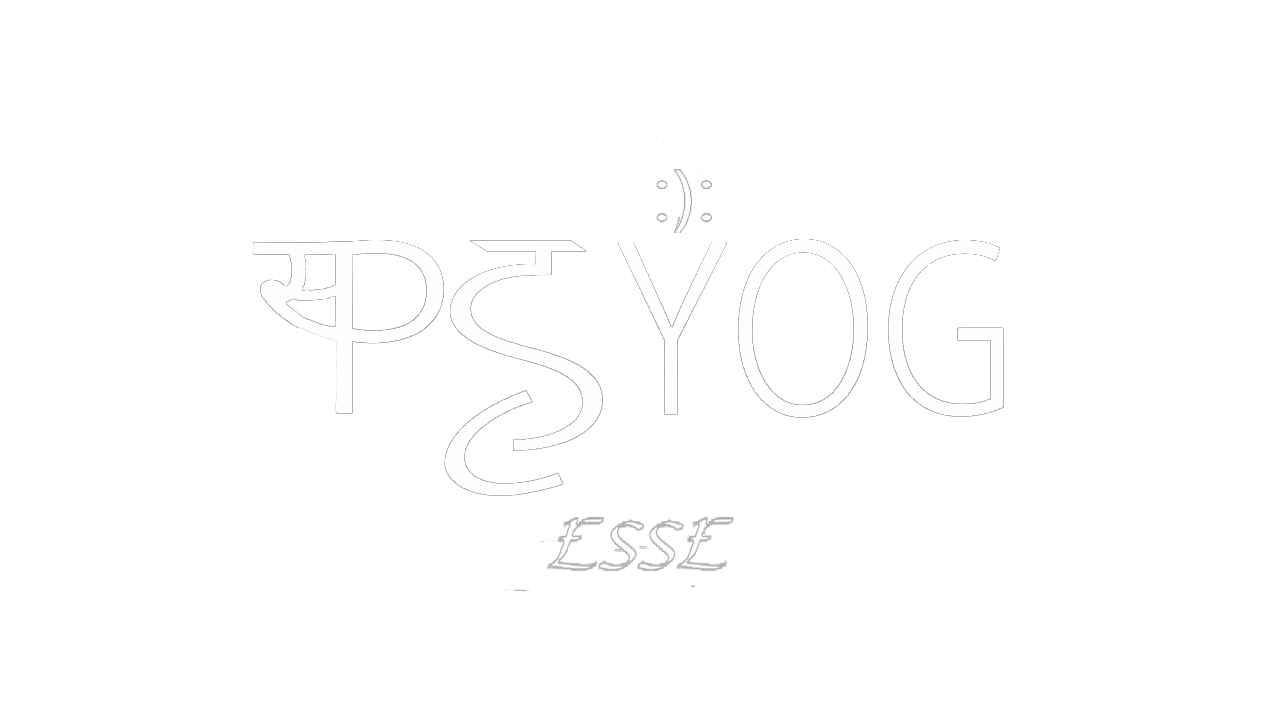Meditation for anxiety and sleep
Meditation for anxiety and sleep
Meditation for anxiety and sleep, a widely discussed remedy today, is sought for issues like anxiety and sleep disorders. Despite its popularity, a lasting solution remains elusive. To unravel this, we must comprehend anxiety, sleep disorders, meditation, and their intricate connections.
Negativity = Compulsiveness
Understanding the roots requires delving into personality and information. Personality, a culmination of genetic, DNA, and sensory inputs, relies on information. Without it, self-definition falters; hence we say, “I think, therefore I am.” Further, our thoughts emanate from this informational wellspring. Because, without information, we cannot think, and without thinking, who are we?
Now coming to anxiety, and sleep disorder, both signify dwelling in a compulsive thought realm. When our thoughts spiral out of control, it’s labeled anxiety or depression. In fact, all negativity stems from compulsiveness, a state no one willingly chooses. But why do we live in a state of compulsiveness? To further understand how to do meditation for anxiety and sleep, we need to understand few more things. (Read: Real growth happens when you lose yourself)

False Identity
People often try meditation for anxiety and sleep, but have you ever considered that what happens when our identity becomes information? Compulsiveness arises as our identity intertwines with information. When identity equals information, we cannot stop thinking. Yes, without thinking, we lose our identity, which seems scary. So what is the way out? To break free, we must disengage from this information-personality link and experience ourselves beyond information, as nothingness.
Meditation embodies this process. It’s a state reached by shedding information, existing in the realm of “no person.” However, for many, meditation equates to closed-eye thinking, a result of clinging to familiar information. Although, true meditation begins when we recognize ourselves as the root of compulsive living. Only when we’ll see ourselves as the root of compulsiveness, would e dare to drop ourselves.(Read: Why and how to surrender)
Shift To No Person
Shifting identity from information to nothingness propels us from compulsiveness to conscious actions. Our thoughts, actions, and emotions get governed by conscious choices, and not compulsiveness. Once we regain our power to choose, would we ever torture ourselves? Obviously no!
Anxiety and sleep disorders, products of a compulsive mind, dissipate as we embrace conscious living. Meditation is not just a practice but a profound shift from the known to the unknown, from compulsive thinking to intentional living. From person, to no person, from information, to nothingness. When this happens, then you wouldn’t need meditation for anxiety and sleep, but would remain meditative.

The Need Of Today
In this modern era, marked by incessant information bombardment, the need for meditation is paramount. It offers an escape from the clutches of compulsive living, providing a sanctuary where we rediscover our true selves. However, it will only work, when we do it the right way: by dropping ourselves.
Anxiety and sleep disorders, often intertwined, find respite in meditation’s transformative power. As we disconnect from the information loop, our minds cease to be battlegrounds of compulsive thoughts. Tranquility replaces chaos, paving the way for restful sleep and peace of mind.
Acknowledging meditation’s essence is crucial. It’s not just an getaway, Its a massive shift. By understanding our compulsiveness and choosing a path of conscious living, we free ourselves from the trap of anxiety and sleeplessness.
Conclusion
In a world dominated by the noise of constant information, meditation stands as a silent revolution. It is the art of stepping back from the chaos, observing the compulsive mind, and reclaiming our power to choose. As we navigate the path from information to nothingness, we rediscover the joy of conscious existence.
Meditation transcends the common misconception of closed-eye contemplation. It is a journey from compulsive thinking to mindful living. By disentangling from the grip of information, we liberate ourselves from anxiety and sleep disorders, embracing a life where choices, not compulsions, reign supreme.
We hope that you liked our article on meditation for anxiety and sleep, and gained relevant information.

FAQs
The correct way to meditate is by dis-identifying and dropping your personality. Our personality is just collection of information coming from genes, our through our five senses. Therefore, if our identity becomes information, then thinking is all we would know. Hence, by dropping the persona, we reach a space of no information and nothingness, which makes us meditative.
To calm yourself, practice some deep breathing and meditation. Our breath is connected to the way we think, hence slower our breaths, the less thoughts we get. Eventually, the breathing practice can guide us into a meditative state, which clears all unwanted thoughts.



